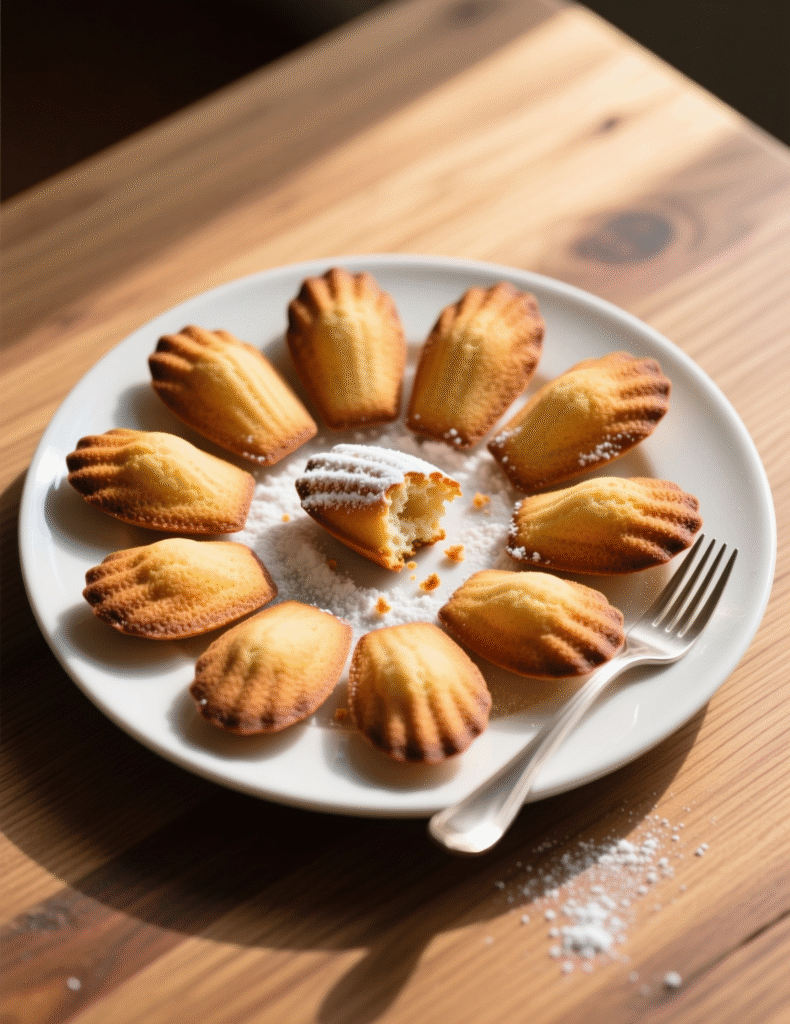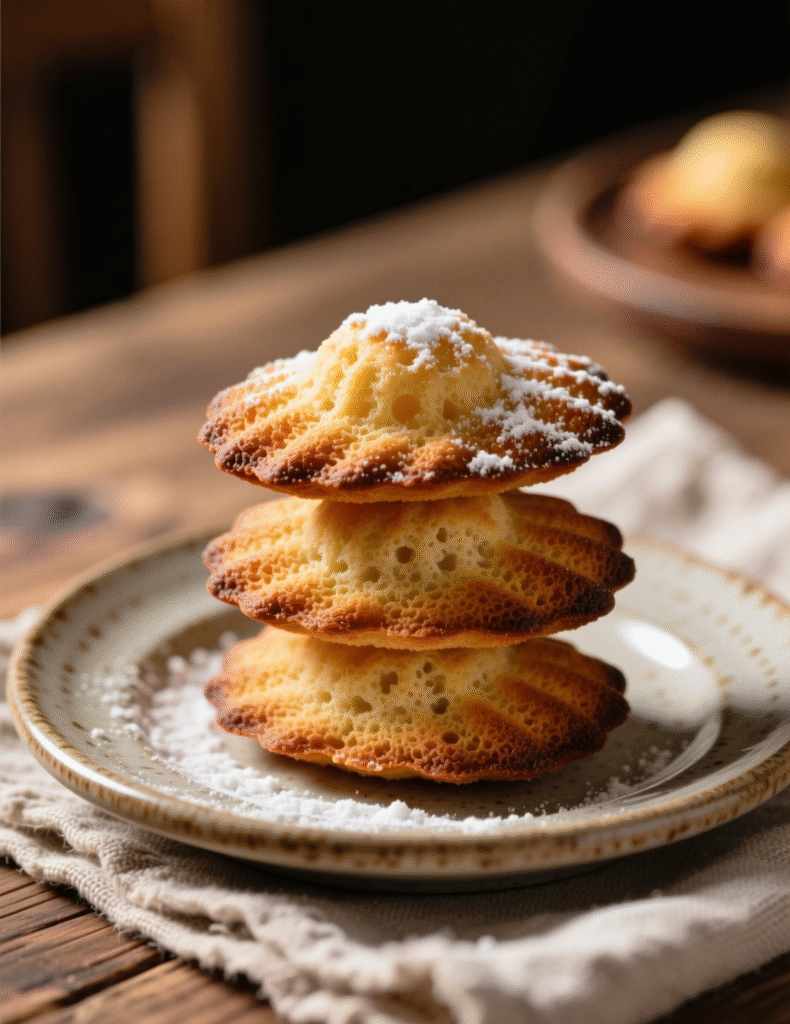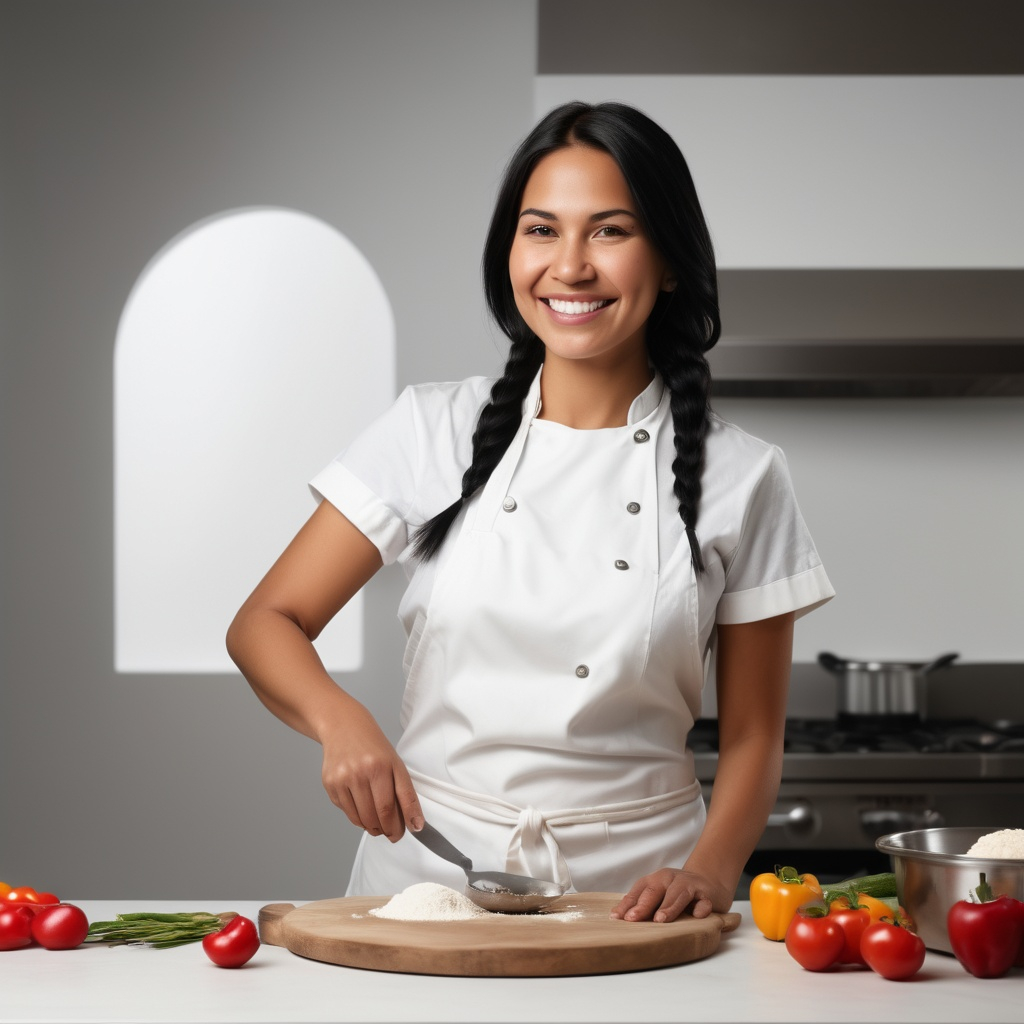There’s a reason French madeleines are adored worldwide. These little shell-shaped cakes are more than just a dessert—they’re an experience. Crisp edges, tender crumb, a hint of lemon or vanilla—every bite is a moment. If you’re looking to master an Irresistible French Madeleine Cookies Recipe for 12 servings, you’re in the right place. This guide isn’t just a recipe; it’s a deep dive into the technique, history, and science that make these cookies unforgettable.
A Bite into History: The Story of Madeleines
French madeleines date back to the 18th century, originating from the Lorraine region of France. Legend has it that a young maid, Madeleine, baked these tiny cakes for a Polish king. They quickly became a staple in French patisseries. What makes them fascinating is not just the shape or flavor, but the delicate texture achieved through precise technique. Unlike ordinary cookies, madeleines rely on a careful balance of aeration, butter, and flour.
The Science Behind the Perfect Madeleine
If you’ve ever wondered why some madeleines are flat or gummy, it usually comes down to batter temperature and oven heat. The classic “hump” of a madeleine isn’t accidental—it’s a product of cold batter hitting a hot oven. The edges set quickly while the center expands, creating that iconic dome. Butter plays a critical role, not just in flavor but in steam generation during baking, which lifts the cake. Flour type matters too; cake flour with lower protein gives a tender crumb, while all-purpose flour can make them slightly chewy.
Eggs are another factor. Beaten eggs create structure, but overbeating can make them dense. Gentle folding ensures aeration without collapsing the batter. Many professional bakers swear by letting the batter rest in the fridge for at least an hour. It’s a small step, but it transforms the texture.

Ingredients That Make a Difference
For 12 servings, you’ll need:
- 1 cup all-purpose flour (or 3/4 cup cake flour for extra tenderness)
- 1/2 teaspoon baking powder
- Pinch of salt
- 2 large eggs, room temp
- 2/3 cup granulated sugar
- 1 teaspoon vanilla extract
- 1 tablespoon finely grated lemon zest
- 1/2 cup unsalted butter, melted and slightly cooled
Every ingredient plays a role. Sugar doesn’t just sweeten; it helps browning and adds moisture. Lemon zest is optional but elevates the flavor with brightness. Butter quality is critical—a high-fat European butter will give a richer taste than standard supermarket brands.
Step-by-Step Baking Technique
Preparing Your Pans
Traditionally, madeleine pans are shell-shaped, which gives that characteristic form. Grease each mold generously with butter, then lightly dust with flour. This prevents sticking and promotes even browning. Some bakers even chill the pans before baking to enhance the hump formation.
Making the Batter
Begin by whisking eggs and sugar until pale and thick, about 5 minutes. You want a ribbon stage—pour a bit of batter from your whisk and watch it fall slowly. Fold in flour, salt, and baking powder gently. Overmixing will deflate the eggs, ruining texture. Finally, fold in melted butter and vanilla. Don’t worry if it seems slightly separated; a few streaks will bake out perfectly.
Resting the Batter
Cover and refrigerate for at least 1 hour. Some bakers go overnight. This resting step is underrated but crucial. Cold batter hits a hot oven better, creating the signature hump.
Baking Process
Preheat your oven to 375°F (190°C). Fill each mold 3/4 full. Bake for 10–12 minutes or until edges are golden and the center springs back. For extra finesse, sprinkle with powdered sugar immediately after removing from the oven.
Cooling and Serving
Let madeleines cool slightly before removing them from the pan. These cookies are best served fresh but can be stored in an airtight container for up to 3 days. Pair with tea, coffee, or even a dessert wine. Many chefs suggest serving with a small drizzle of chocolate or a light glaze for a modern twist.
Common Mistakes to Avoid
- Skipping buttering pans: Even nonstick pans need butter. Madeleines are delicate.
- Overbeating eggs: It leads to a dense, gummy texture.
- Baking too long: They can dry out quickly. Keep an eye; golden edges are key.
- Ignoring batter rest: This step helps the hump form and keeps the crumb tender.
Variations to Try
While classic lemon or vanilla is traditional, professional bakers experiment:
- Chocolate Madeleines: Add 2 tablespoons cocoa powder for a subtle chocolate flavor.
- Almond: Fold in 1/4 teaspoon almond extract and a few chopped nuts.
- Lavender: Infuse butter with dried lavender before folding it in. This gives a bakery-quality aroma and taste.
Seasonal fruits like berries can also be lightly folded into batter, but keep portions low to avoid soggy centers.

Pairing and Presentation
French madeleines are visually charming and versatile. They shine on dessert platters with fresh berries. They pair beautifully with a cappuccino or Earl Grey. Many pastry chefs suggest a dusting of powdered sugar just before serving—it enhances both aroma and presentation.
Nutrition and Dietary Notes
For those conscious of calories, each madeleine contains roughly 110–130 calories. Protein comes mainly from eggs and butter, while sugar contributes to browning and crisping. For dietary restrictions, you can substitute butter with plant-based alternatives, though flavor will slightly differ. Almond flour works well for gluten-free adaptations but may alter texture.
Emerging Trends in Professional Baking
French pastries are evolving in modern bakeries. Chefs now explore flavor infusions like matcha, yuzu, or espresso. Some even incorporate unique textural elements like caramelized sugar toppings or chocolate chips. Understanding the science behind madeleines allows flexibility in experimentation without compromising quality.
Expert Tips
- Chill batter overnight for a deeper flavor and better rise.
- Use fine lemon zest, avoid pith to prevent bitterness.
- Test oven accuracy; even a few degrees can change texture.
- Consider rotating pans halfway through baking for even browning.
Frequently Asked Questions
Why didn’t my madeleines rise?
Likely the batter was too warm or overmixed. Ensure eggs are properly aerated and batter chilled.
Can I make them ahead?
Yes, unbaked batter can be stored in the fridge for 24 hours. Baked madeleines are best fresh but keep well in airtight containers.
Can I freeze madeleines?
Absolutely. Freeze after baking and cooling. Reheat briefly in a 300°F oven for freshness.
Conclusion
Mastering the Irresistible French Madeleine Cookies Recipe is about understanding balance—temperature, technique, and timing. These cookies may seem small, but they demand attention and care. A perfectly baked madeleine isn’t just dessert; it’s a demonstration of pastry skill. Follow these guidelines, respect the science, and embrace small imperfections—they often lead to the most charming results. Whether you stick to the classic lemon or experiment with modern twists, this recipe ensures 12 servings of buttery, tender, perfectly domed French madeleines that will impress any crowd.
Mastering these cookies elevates not just your baking skills but your appreciation for French pastry artistry. Now grab your whisk, chill your batter, and let the little golden shells work their magic.
FAQs
What makes French madeleines unique?
They have a delicate crumb, crisp edges, and a signature hump from chilled batter hitting a hot oven.
Why did my madeleines not rise?
Batter was likely too warm, overmixed, or not rested in the fridge.
Can I make madeleines ahead of time?
Yes, unbaked batter can chill 24 hours; baked ones last 2–3 days in an airtight container.
Can I freeze madeleines?
Yes, freeze after baking and reheat briefly in a 300°F oven to refresh.
What type of flour is best?
Cake flour gives a tender crumb; all-purpose flour is okay but slightly chewier.
Do I need to butter the pans?
Absolutely, even nonstick pans need butter to prevent sticking and ensure golden edges.
Can I add flavors to madeleines?
Yes, vanilla, lemon zest, chocolate, almond, lavender, or matcha work well.
How long should the batter rest?
At least 1 hour in the fridge; overnight improves texture and flavor.
Can I use plant-based butter?
Yes, but flavor and texture may be slightly different.
How do I know when they are done?
Edges are golden and the center springs back lightly when touched.

Marie Smith is a passionate recipe blogger, sharing easy, delicious, and creative culinary ideas that inspire home cooks to elevate everyday meals with flavor and simplicity.
